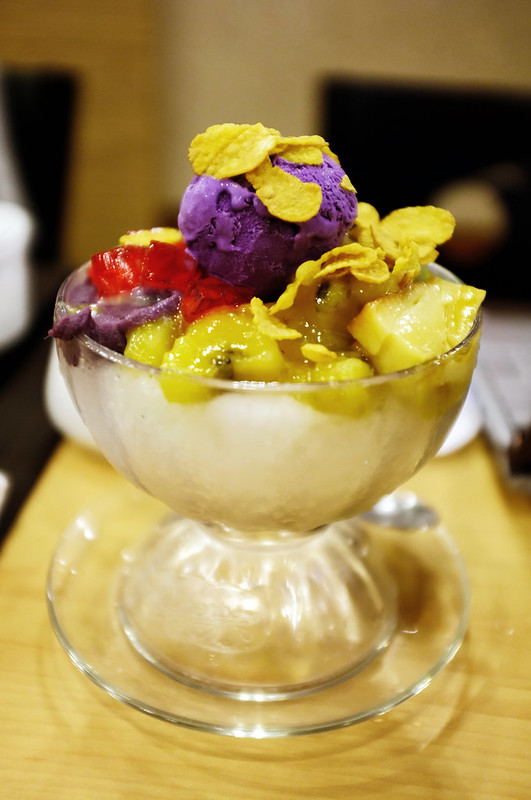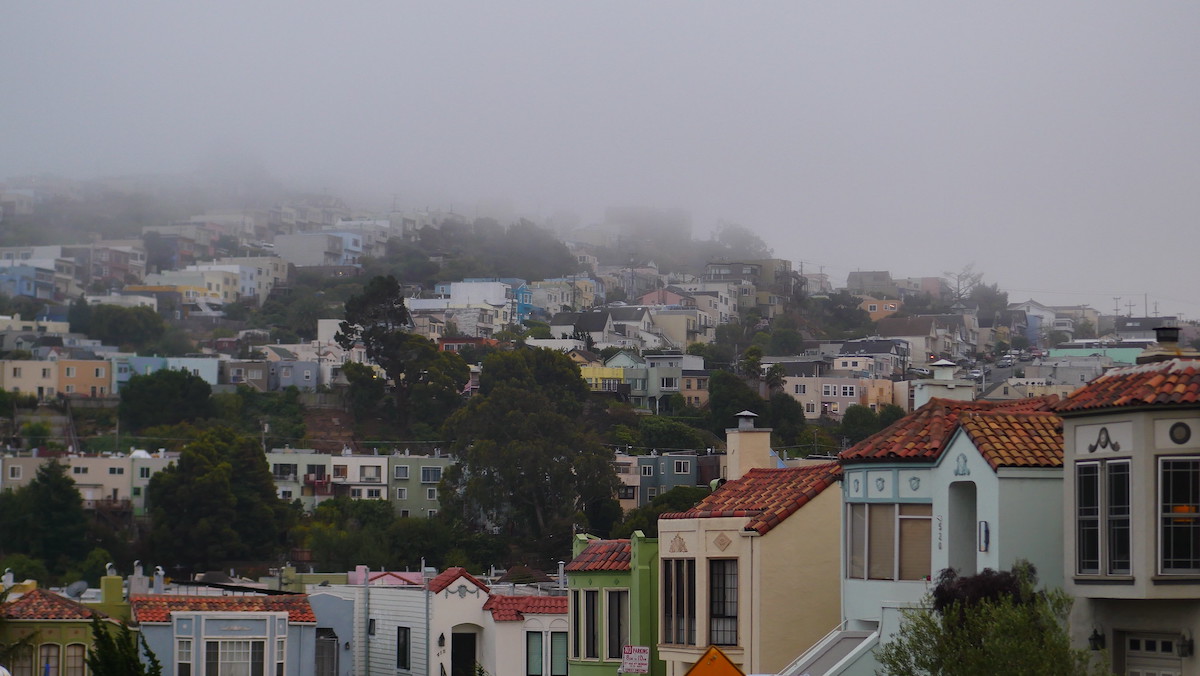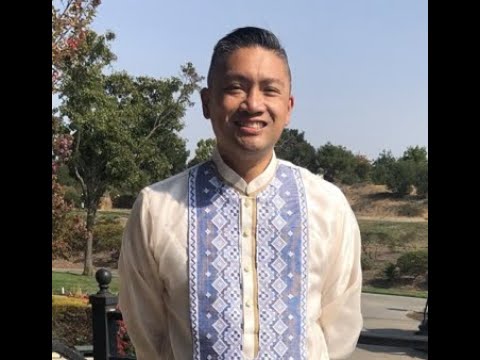Cesar Antonio Nucum Jr. | Philippine News Today
Image: A typical day in Daly City, CA, where the coastal fog masks rising temperatures seen in the rest of the state. The city is home to a sizable Filipino community.
SAN FRANCISCO – As Californians experience yet another excessively hot summer, Bay Area Filipino Americans are doing what they can to prepare for the heat despite living in cooler regions around the Bay.
According to the National Centers for Environmental Information, temperatures in California have risen almost 3°F since the beginning of the 20th century, with the six warmest years on record all occurring since 2014. Globally, temperatures have surpassed anything seen in roughly 125,000 years.
Daly City Council Member Rod Dauz-Magbual says weather in the city, where 1/3 of residents are Filipino, is typically foggy, masking the effects of climate change and global warming.
But, he adds, visiting family in Southern California brought home important lessons about staying cool. “There were extended times where I did not have the privilege of having AC, and hydration was essential. Also using dry fit clothing,” he said.
Daly City Council Member Vice Mayor Juslyn Manalo warned residents not to get too complacent when it comes to climate change, especially as temperatures rise in cities and communities around the Bay Area.
“Since we have a microclimate unlike others, it can be extremely hot in other parts of the Bay Area, and we are 15-20 degrees cooler,” she said. Manalo reminded residents to pay attention to the heat, and to not wait until you are thirsty to drink more fluids. She added that under hotter conditions, people should wear loose fitting and lightweight clothing and avoid alcoholic drinks that can make you more dehydrated.
Signs of dehydration and heat stroke include confusion and disorientation, muscle cramps, dilated or constricted pupils and headaches, nausea or vomiting.
Three-term Filipino Mayor of nearby Milpitas, Joe Esteves, says families are aware of the risks of rising heat, adding that more needs to be done to protect workers.
“I believe that there should be some leniency, like rescheduling of work hours, for employees working under the sun during heat waves,” he said. “Minimize working during extreme heat…work earlier in the morning and later in the afternoon.”
Esteves also warned people from entering overcrowded cooling centers, especially amid a resurgence of Covid cases, urging people to seek less crowded options.

Angel Sangalang is the founder of the non-profit Bayanihan FilAm Foundation of San Jose and says the seniors that he lives among rely on social media and other resources to stay informed about rising heat.
“I live in an apartment for seniors. There are about three dozen FilAm residents,” he says. “We have a chat room and support each other’s needs. We adopt a ‘buddy’ system especially for emergencies and to keep tabs on each other.”
Then there is the halo-halo, or literally mix-mix in English, an iconic Filipino shaved ice dessert that’s assembled in a tall glass and mixed by the diner with a long-handled spoon. “We regularly have our halo-halo session that we immensely enjoy. I bought an ice shaver for our own use.”
Jackie Metica-Crawford provides educational programs to students with identified disabilities at Glankler Early Learning Center FUSD (Fremont Unified School District), where the principal recently sent out an email to families notifying them that outdoor recess would be canceled during high heat days.
“As a teacher, I send emails to my parents informing them to dress their children appropriately, and I turn off some of the lights while in the classroom,” Crawford explained.
She also makes sure to have water play ready for her preschoolers with special needs: bubbles, spray bottles, ice painting and other games and that the air conditioning unit is on the whole day.
Back in Daly City, Elaine Viilasper says she is grateful for the cooler weather, adding she tries to avoid the heat for the sake of her two children.
“My children are sensitive to heat and are prone to nose bleeds, so we try to avoid excessively hot climates,” she noted. “We do not take typical vacations to warm climates during the summers, and prefer to do indoor activities (walk around climate-controlled malls, watch movies, etc.).”
Like in the Philippines before, Villasper and family fill buckets with cool water and let the kids play with the water in the shade.
“We wet towels with cold water to place on our heads and neck and use an umbrella to shade ourselves from the sun. We drink a lot of water to prevent dehydration and heat stroke/heat fatigue. When it is hottest, we encourage naps to pass the time, eat cold foods.”
The Center for Disease Control and Prevention reports that high temperatures kill hundreds of people every year. Heat-related deaths and illness are preventable, yet more than 700 people die from extreme heat every year in the United States.
Among its recommendations are staying hydrated and staying informed. Age, obesity, fever, heart disease, mental illness, poor circulation, sunburn, and prescription drug and alcohol use are all factors in a person’s risk of heat-related illness.
Those who are at highest risk include people 65 and older, children younger than two, and people with chronic diseases or mental illness.
Additional information and resources are below.
HeatReadyCA: For more information to keep everyone informed about how to keep your family safe.
ListosCalifornia: Stay safe in extreme heat
Ready.Gov: Resources from the federal government
This story was produced as part of a collaboration with the Office of Community Partnerships and Strategic Communication for their Heat Ready CA public awareness and outreach campaign. Visit Heat Ready CA to learn more.





